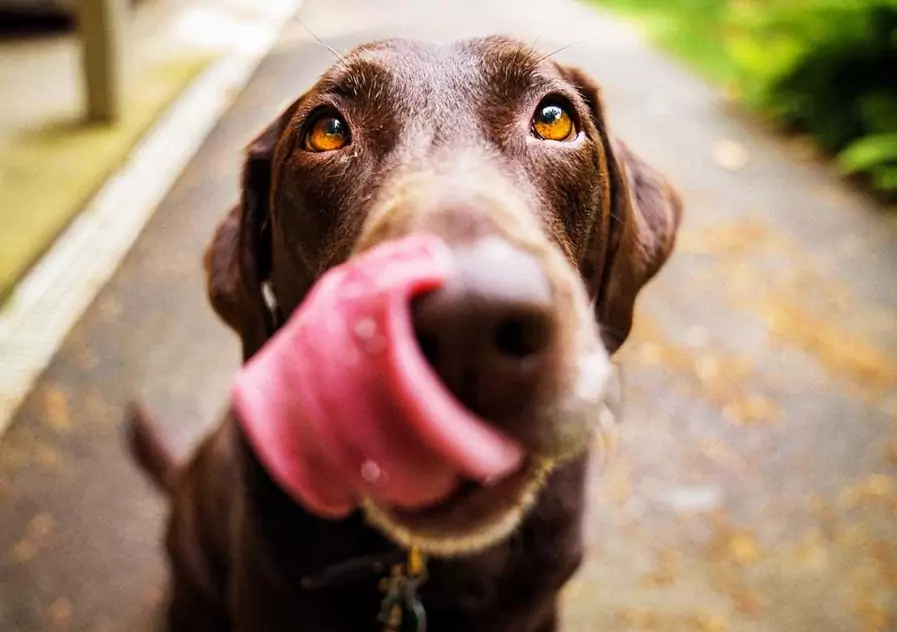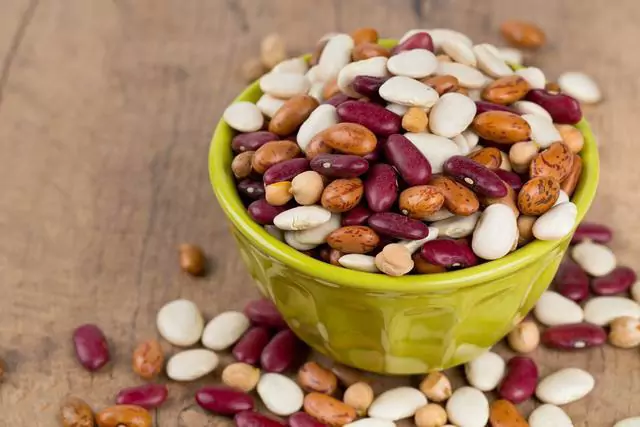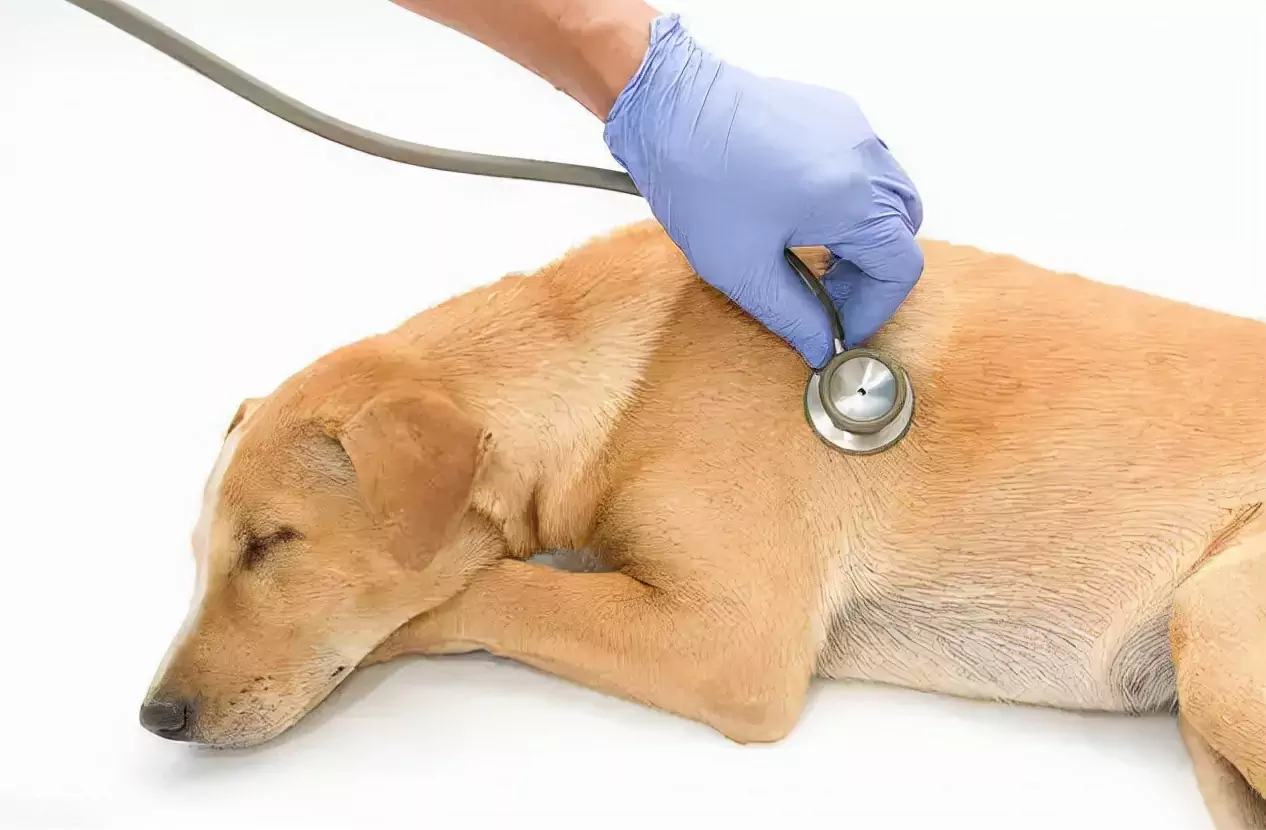Can dogs eat papaya? There are several considerations as to whether papaya is safe for dogs
2022-06-17
Papaya is a tropical fruit native to the trees of South America and eastern North America. In North America, the papaya tree is known as the "papaw" tree. The fruit is usually green when picked and the skin turns yellow when ripe. There are a few black seeds in the center. Papayas are usually cut in half, the seeds are scooped out with a spoon, then sliced and eaten frozen or at room temperature. The seeds and skin are not ingested. Papaya is a slightly sweet fruit that is commonly used in pies, juices, salads, and fruit desserts.
I. There are several considerations as to whether papaya is safe for dogs
The first is the risk of digestive tract obstruction that can result from the seeds and rind. In tropical areas where trees grow, dogs that accidentally eat the whole fruit will suffer gastrointestinal distress and potential obstruction. The same can happen to dogs that regularly eat garbage, as they can ingest some peels or large amounts of seeds in the garbage pile.
A second factor is a risk of choking when eating the rind or large chunks of papaya.
The third consideration is that papaya seeds contain small amounts of cyanide, which is toxic. However, the amount of this substance is too small to be negligible. Papaya seeds are considered to have many health benefits.
To the question "Can dogs eat papaya?" The answer to this question is yes, dogs can certainly eat papaya and they like its soft texture, so you can feed it as a healthy snack. Papaya is rich in water, fiber, potassium, calcium, folic acid, and vitamins A, C, E, and K. Feeding it properly will give your dog a micronutrient supplement. Papaya is also rich in digestive enzymes that promote digestion and relieve constipation in dogs.

II. Benefits of papaya for dogs
After knowing the answer to "Can a dog eat papaya", you must be wondering what are the benefits of eating papaya for dogs, right? Let's take a look at the nutritional content and value of papaya. Here is the nutritional content of one serving of papaya (about 100 grams).
Calories: 43
Protein: 0.5 grams
Fat: 0.3 g
Carbohydrates: 10.8 g
Sugar: 7.8 g
Fiber: 1.7 g
Water: 88 g
Tasty and rich in nutrition
Papaya is not only delicious but also has different vitamins.
Vitamin C - Papaya contains a certain amount of vitamin C, which helps fight oxidation and is good for your dog's skin, as well as strengthening the immune system.
Vitamin A - One serving of papaya is enough for your dog's daily vitamin A needs. It can help maintain healthy skin and help with wound recovery.
Vitamin B9 (Folic Acid) - Mainly for amino acid metabolism and cell membrane integrity.
Potassium - is important to help maintain a healthy heart.
Papaya also contains lycopene, a powerful antioxidant. Compared to other vegetables and fruits, the antioxidants provided by papaya seem to be easily absorbed into the body.
Powerful Antioxidant Capacity
The antioxidants found in papaya, including carotenoids, can help dogs fight damage caused by oxidative stress in the body.
In animal studies, papaya extracts have been shown to help relieve oxidative stress in the body and even improve negative conditions while boosting the immune system.
Anti-cancer properties
Studies have shown that the lycopene contained in papaya can reduce the risk of cancer and is also helpful for patients undergoing cancer treatment.
Of the 14 fruits and vegetables with antioxidant properties, papaya is the only one that has shown the greatest anti-cancer properties against breast cancer cells.
These studies have mainly been applied to humans, and the practical use in dogs needs to be supported by more research.
May aid in digestion
Papain, a unique enzyme in papaya, appears to break down and digest protein more easily. Dogs eat a protein-based menu every day, and eating papaya may help dogs digest the protein from these meats.
GM papaya seems to have no effect
Isn't there often a fear of eating genetically modified foods these days? Papaya does not seem to have this problem, animal studies have shown that rats eating GM papaya for 90 days have the same effect as eating unmodified papaya.
Another study also showed that GM papaya did not affect the immune response.
It May help wound recovery
Applying a papain-based cleanser to the wound would be effective in accelerating recovery, mainly because of its antibacterial properties.
Animal studies have shown that consuming papaya extract will help speed up wound recovery in animals with diabetes.
3. Bad effects of papaya in dogs
Although papaya has many benefits for dogs, it also has its downsides.
Diarrhea
Those who have tried eating too much papaya should have tried it, and their stomachs will hurt a bit, and then they will go to the bathroom. Yes, papaya is a natural laxative, and some dogs with weak stomachs may experience diarrhea after eating it.
Sugar is a burden on the kidneys
Papaya is quite sweet and has high sugar content. Since the dog's body is not designed to digest sugar, eating too much papaya can be a huge burden on the kidneys. Therefore, it is important to keep the portion size to 5% of the main diet.
4. Precautions for feeding papaya to dogs
In the beginning, when we responded to the question "Can dogs eat papaya", we explained that there are some things to keep in mind.
Papaya seeds
The black seeds in the middle of the papaya after it is cut open contain oxides and are difficult to digest, which may cause blockages, so you must not let your dog eat papaya seeds!
Papaya skin
Papaya skin, depending on the variety, some are super hard, this must be away from the dog. Something too hard and undigested can be left in the dog's body for a long time and cause intestinal blockage problems later. If necessary, only surgery can take it out, so it must not be eaten.
Guidelines for feeding papaya to dogs
Introducing my favorite papaya ice bar.
Cut the papaya open, remove all the seeds in the middle, and peel
Cut the papaya flesh into long strips and put them in the freezer
A few hours later, take out the hard papaya ice bars, the dog can slowly lick
V. How to feed papaya to your dog safely
To prevent your dog from ingesting too much papaya rind or seeds in large quantities, the safest way to give your dog papaya is to offer small slices of papaya without the rind or seeds. Small amounts of papaya seeds contain very little toxic material, but it is still recommended to remove the seeds before feeding them to your dog as a precautionary buy. In addition, papaya skin is not very digestible and can cause intestinal blockages, so be sure to peel the skin off.
Although papaya is considered safe for dogs, eating too much at once can cause many problems, especially if it tends to cause intestinal upset. In addition, most dogs do not usually have any adverse reactions to papaya, but some dogs may experience discomfort after eating papaya. This is similar to how some people are allergic to seafood, but most people are not. So if your dog has never eaten papaya before, it is recommended that you try feeding a small amount to see if your dog has any adverse symptoms.
Finally, it is not recommended to feed your dog dried or sun-dried papaya, because the high sugar content can lead to gastrointestinal discomfort in some dogs, and dry hard food is not easy for dogs to digest, eat more quickly, but also easy to cause intestinal obstruction and other symptoms.
Was this article helpful to you?
Other links in this article
English:
Can dogs eat papaya? There are several considerations as to whether papaya is safe for dogs
Deutsch:
Können Hunde Papaya essen? Es gibt mehrere Überlegungen dazu, ob Papaya für Hunde unbedenklich ist
Nederlands:
Kunnen honden papaja eten? Er zijn verschillende overwegingen om te bepalen of papaja veilig is voor honden
Português:
Os cães podem comer papaia? Há várias considerações sobre se a papaia é segura para os cães
português (Brasil):
Os cães podem comer papaia? Há várias considerações sobre se o mamão é seguro para os cães
中文简体:
狗能吃木瓜吗?木瓜对狗是否安全有的几个考虑因素
中文繁体:
狗能吃木瓜嗎?木瓜對狗是否安全有的幾個考慮因素
Comments

Is a dog's mouth cleaner than a human's? Dogs' mouths need regular cleaning

Can dogs eat beans? Do dogs eat beans for health?

Can dogs eat lemons? Fruits that dogs should not eat more of

Do dogs have nightmares? Are dogs' dreams similar to humans'?

Can dogs eat raw beef? The benefits and drawbacks of beef for dogs

Is raw meat good for dogs? Can dogs eat raw chicken?

Can dogs eat pomegranates?

Can dogs eat ham?Can all types of ham hocks be eaten?

How to give a dog a bath

Can dogs eat kimchi?










